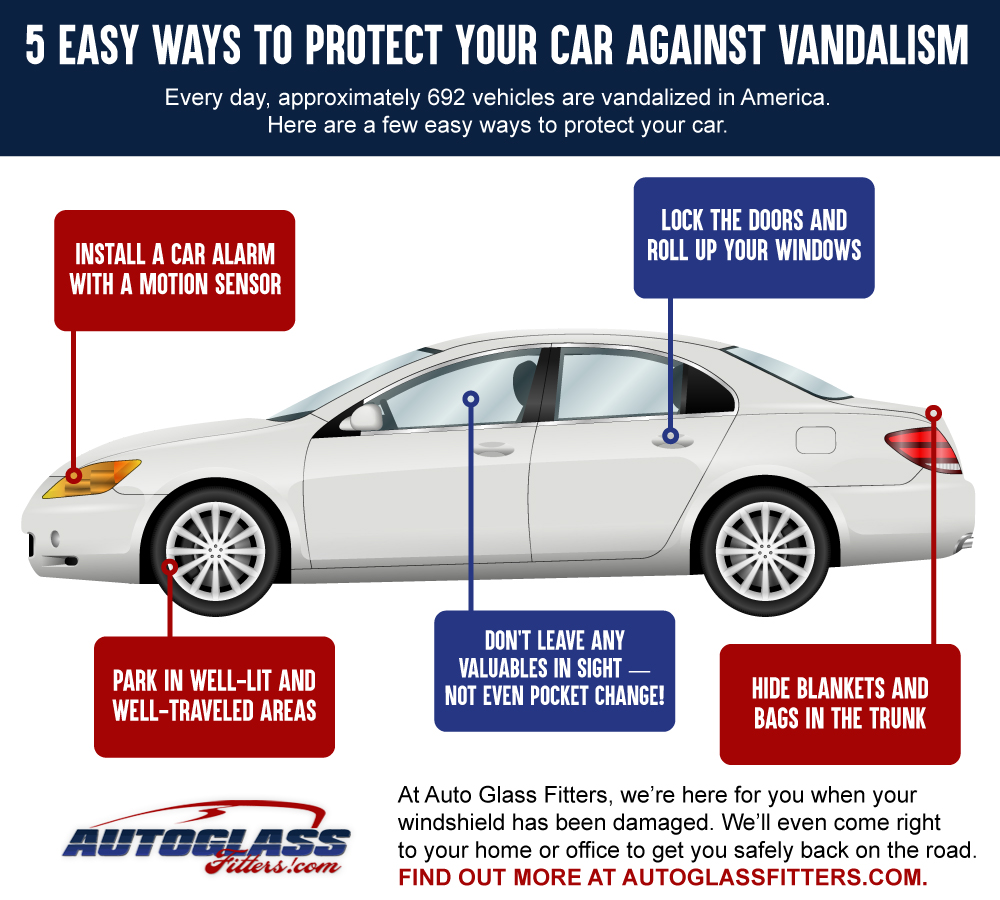Advised Pressure Cleaning Techniques Tailored For Each Surface
Advised Pressure Cleaning Techniques Tailored For Each Surface
Blog Article
Written By-Stone Markussen
When it concerns pressure washing, the method you choose can make all the distinction in attaining a tidy, streak-free surface. You might locate that difficult surfaces, like concrete, need a different approach than softer materials, such as wood or vinyl. It's essential to adapt your methods to the surface type to avoid damage while making the most of cleansing efficiency. So, what are the very best methods for each surface, and how can you ensure you're using the ideal setups and tools for the job? Let's explore what you require to understand to obtain the very best outcomes.
Difficult Surfaces
When it involves press cleaning hard surfaces, prep work is key. Before you even consider taking out the pressure washing machine, make the effort to remove the area of any type of particles, furnishings, or barriers. You don't want anything entering your means or potentially damaging your tools.
Next off, check the surface for any type of fractures or damage; this will assist you identify the ideal approach and stress setups.
Once you have actually prepared the area, it's essential to select the best nozzle. For tough surfaces like concrete or block, a narrow nozzle (15 or 25 levels) functions best to supply a concentrated stream of water that can successfully get rid of grime and stains. Always start at a distance and slowly relocate closer to prevent any kind of surface area damages.
As you begin washing, keep the wand relocating to prevent streaks and over-saturation. It's also useful to work from the top down, allowing dust and debris to wash away normally.
Ultimately, remember to rinse the surface area completely after cleaning up to remove any type of leftover detergent. With these techniques, you'll attain a tidy and refreshed appearance on all your tough surface areas.
Soft Surfaces
Stress washing soft surfaces calls for a gentler approach to secure them from damages. Whether you're cleaning your deck, patio area furnishings, or exterior siding, using way too much stress can lead to dents, scrapes, or perhaps permanent injury.
Begin by selecting a low-pressure nozzle, preferably a 25-degree or broader spray pattern, to spread the water much more delicately.
Before you begin, it's important to pre-treat any type of stains with a suitable cleansing service. This action permits the cleaner to pass through the dirt and gunk, making it less complicated to remove without rubbing too hard.
Always use the option from the bottom up to stop spotting.
When window cleaners near me residential start pressure washing, maintain a range of a minimum of 12 to 18 inches from the surface. Move your wand in a sweeping movement, maintaining it alongside the surface to avoid focused stress on one place.
Wash the area extensively after cleaning to get rid of any type of residual cleaner.
Last but not least, check the surface for any type of missed out on spots and duplicate the procedure if essential. By following these steps, you can effectively clean soft surfaces while preserving their honesty and look.
Specialty Surfaces
Cleansing soft surface areas calls for treatment, but specialized surface areas require a lot more attention to information. When you deal with these surfaces, like fragile timber, stained concrete, or specific sorts of siding, utilizing the appropriate pressure cleaning strategies is essential to avoid damage.
Initially, examine the product. For instance, dealt with wood can frequently withstand moderate stress, however softer woods like cedar may call for a lower setup. Constantly start with the lowest pressure and progressively raise if needed.
For stained concrete, use a fan spray nozzle and maintain a constant distance to prevent etching the surface area.
When handling surface areas like vinyl home siding or painted surfaces, a broad spray pattern assists distribute the stress equally, protecting the coating.
It's also a good idea to use detergents specifically made for specialized surface areas. They can improve cleaning without endangering the material.
Wash completely after washing to eliminate any type of residue, as it can bring about staining or degeneration in time.
Conclusion
In conclusion, grasping stress cleaning techniques for different surface areas can make all the distinction in your cleaning outcomes. For difficult surfaces, stay with narrow nozzles and a top-to-bottom approach, while soft surface areas need a gentler touch with wider nozzles. https://auditorium-cleaning-servi86531.blogchaat.com/32585648/the-essential-duty-of-home-window-cleansing-solutions-in-commercial-residence fail to remember to pre-treat discolorations and rinse thoroughly to prevent residue. By adapting your methods per product, you'll not only attain a cleaner surface yet also shield the integrity of your surfaces. Pleased cleaning!
